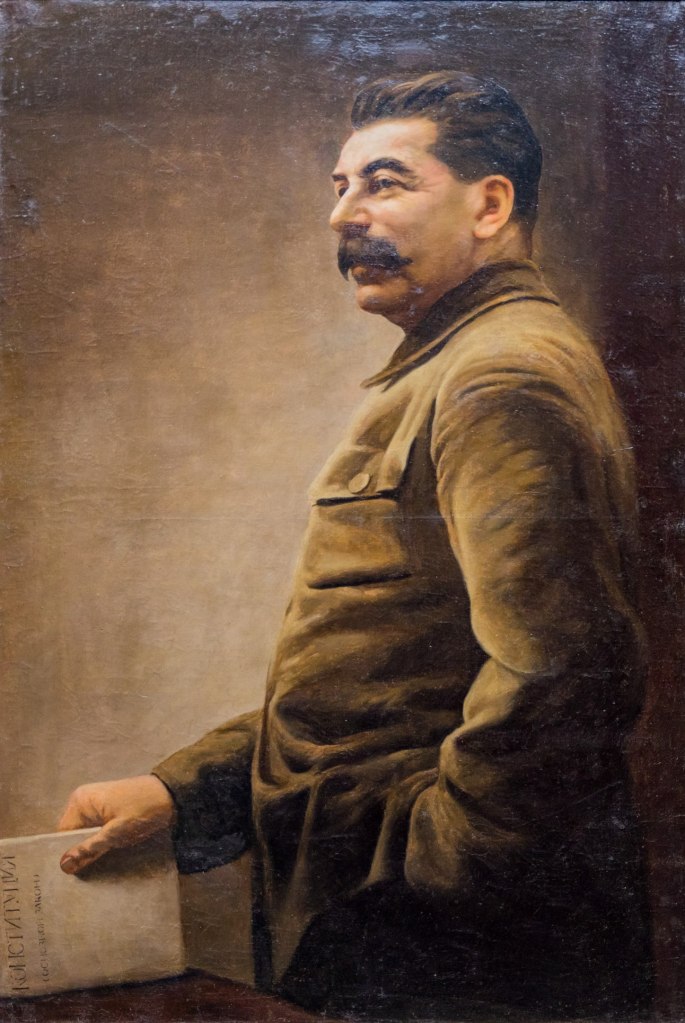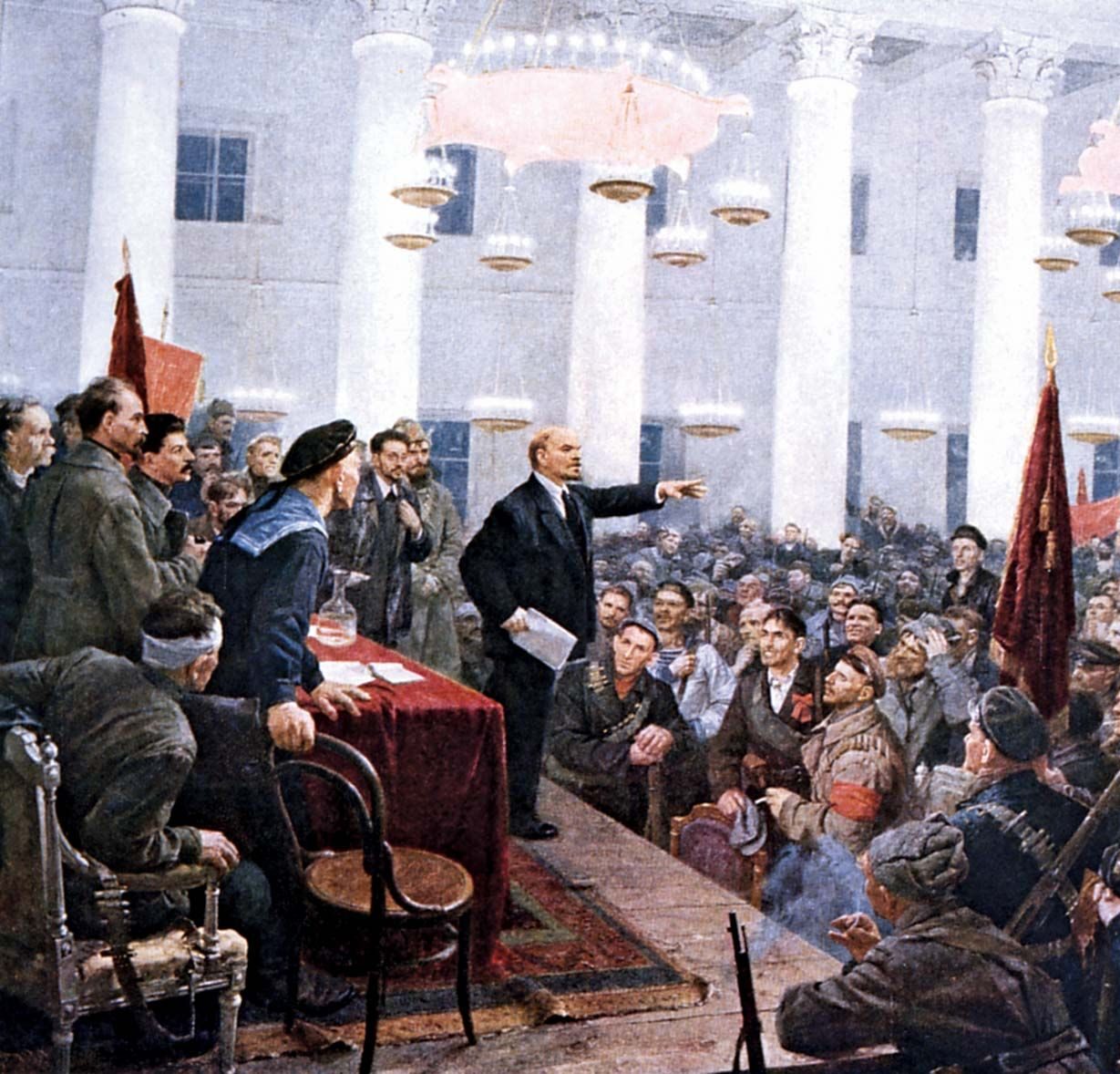
“some call Stalin the left-wing radical, others call him the last Russian emperor, the great statesman, heir to Ivan the Terrible and Peter the Great. Some consider him an internationalist, while others call him a national Bolshevik and a supporter of Russian great power. For some, he is a militant atheist, on whose orders churches were closed, or even temples exploded, for others he was the defender of Orthodoxy, in which churches were reopened. Some consider Stalin to be a theorist of Marxism, while others consider him to be pragmatists, who proceeded exclusively from political expediency. And someone believes that Stalin is the scourge of God, sent to punish and admonish peoples and political elites.”
Alexei Parfyonov
On this day in 1953 the Soviet people, state, and party lost an outstanding theorist, soldier, and statesmen. Stalin born in Gori Georgia in 1878 had been a Marxist since the age of 15. Stalin joined the RSDLP in 1901 but had been organizing labor for years before. However, when many people think of Stalin they do not ponder his humble beginning in destitute poverty, but his nearly 30 year long reign at the height of the Soviet State and Communist Party. Stalin’s leadership transformed the USSR, he ended the New Economic Policy, initiated rapid industrialization through the 5-year plans, brought massive upheavals to the countryside through collectivization and de-kulukization. He terrorized the nation with his “purges”, defeated the Germans in the Great Patriotic War and expanded Socialism throughout all of Eastern Europe. Stalin is indeed many things to different people. To some he is a mass murderer and to others he is the defender of a “Great Russia”, to some he is a Marxist theoretician and to others he is an opportunist who betrayed the revolution.
Stalin’s Achievements
Joseph Stalin’s cultural and economic policies utterly transformed and shaped the Soviet Union for the entirety of its existence. Stalin’s main contribution to the Soviet Union was his economic reorganization of the Country, this saw the end of the N.E.P and the beginning of the first Five-Year Plan. The five-year plans advocated massive investment in industry which would fuel massive industrialization. The plan aimed to industrialize almost every corner of the largest nation on earth, from the Coal mines in the Ukrainian Donetsk basin to the creation of Silk processing factories in Uzbekistan. This call for industrialization shook the country into action and almost every day every man and woman worked in factories with little to no time off. Did it work? Yes! The Soviet Union achieved new heights of industrialization and went from a similar development level of many Latin American countries to one of the most industrialized nations on earth, only surpassed by the United States. This industrialization was followed by a modest increase in living standards for Soviet citizens, as they slowly were able to reap the benefits of the Socialist system. This industrialization allowed the nation to prevail in the Great Patriotic War by defeating Fascists Germany, whose defeat was followed by the creation of many new Socialist States in Eastern Europe.
“In the absence of the Communist Revolution and the Five-Years plans, Russia would have remained as backward as much of Latin America or, indeed, South Asia.”
Soviet economist Historian Robert C. Allen
Stalin’s Blunders
However great these achievements were the Soviet people had to pay an intolerable price for them. Stalin’s industrialization was built on the back of the Russian peasantry, and his policies brought an end to traditional peasant life. Collectivization and dekulakization brought untold horrors to the Russian countryside and ultimately provoked a famine which ravaged throughout all the Soviet Union and killed an estimated 3 million people. However, contrary to the belief of our Ukrainian nationalist the famine was not provoked purposely but due to poor Government policy and as stated earlier the famine affected all the Soviet Union. This famine was preceded and followed by Stalin’s worst crime, the Great Terror. This terror touched every facet of Soviet society, anyone could be arrested or eliminated by a simple rumor or an NKVD officer fulfilling his quota of arrest. Your fate was either a bullet to the back of the head or an extended stay in Siberia. The terror was even extended to the Red Army in what became known as the “Officers Purge”. This resulted in a significant portion of high ranking Red Army Generals and Officers being executed or arrested. This left the nation ill prepared for the Great Patriotic War. He refused to take the advice of his Generals and prepare the USSR for War with Germany, that combined with the aforementioned Purges of the Officer corps lead to the Soviet Union’s disastrous start of the War.
“ Fifty six percent of all military casualties suffered by the Soviet Union during the Second World War occurred during the first eighteen of its forty-seven months.”
William C. Fuller
In conclusion, personally I consider Stalin a Great Soviet leader, who built on the foundations of what Lenin created. He molded a strong Socialist State and paved the way for the spread of Marxism-Leninism across the globe. And while his leadership was overly brutal, it was absolutely necessary for the survival of the Soviet and Russian State. However, the Great Terror, collectivization, his anti-cosmopolitan campaign, his poor treatment of Soviet Veterans, his promotion of Great Russian chauvinism, and his deportation of whole nations, just to name a few, must never be forgotten, and must be addressed and reconciled with the current Russian and Soviet people.
“It would be a mistake not to see and, even more so, to deny the unquestionable achievements of those times. But it would be an even bigger mistake not to realize the outrageous price our country and its people had to pay for that Bolshevist experiment.”
Vladimir Vladimirovich Putin
Keep in mind
I only slightly touch on these very important and complicated topics in Soviet History and I encourage the reader to do their own thorough research on this monumental historical figure and his legacy.
Sources
Allen, Robert C. Farm to Factory: a Reinterpretation of the Soviet Industrial Revolution. Princeton Univ. Press, 2009.
Freeze, Gregory L. Russia: a History. Oxford University Press, 2009.
